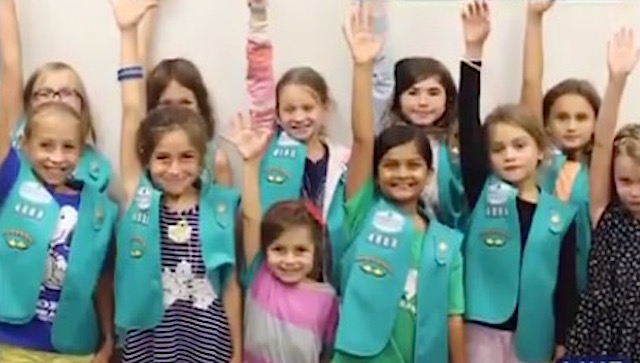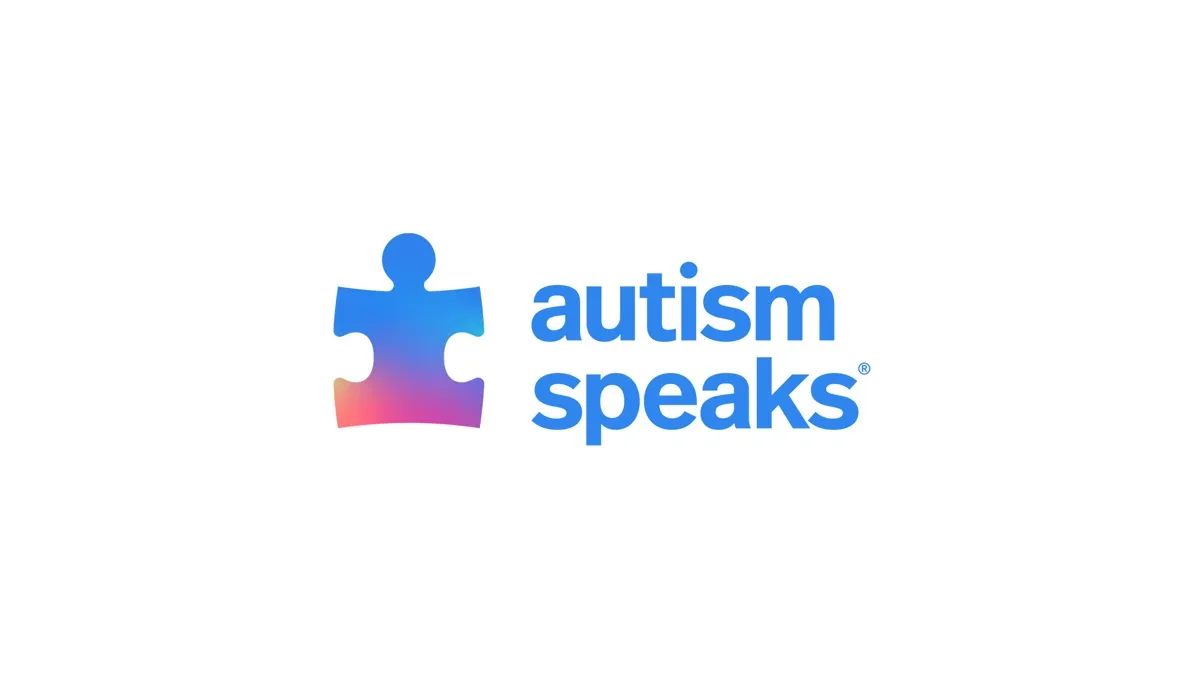This gives me all the feels! 10-year-old creates @girlscouts patch to encourage other girls to raise their hands. Raise ’em up ladies! pic.twitter.com/NXDLsBHkVX
— Michaela Pereira (@Michaela) November 1, 2017
There have been decades of studies done and articles written on how gender affects classroom dynamics. Girls, in general, face a whole different array of obstacles than boys, largely having to do with confidence. Confidence issues can play into why girls fall out of STEM paths faster and in larger numbers than boys, why they raise their hands less and therefore interact with teachers and the material less than boys, and why they generally stay quiet. Not every girl is affected by gender-based issues in the same way or to the same degree, which is part of why it’s so hard to find solutions. But one 10-year-old girl is doing her best to spark change.
Alice Paul Tapper–the daughter of CNN’s Jake Tapper, named after the famous suffragette Alice Paul–penned a New York Times op-ed explaining why she decided to introduce a new badge into her Washington D.C. Girl Scout Troop.
“Last year on a fourth-grade field trip,” she writes, “I noticed that all the boys stood in the front and raised their hands while most of the girls politely stayed in the back and were quiet. It made me upset.”
Tapper can’t know for sure why the girls don’t speak up, but she has some ideas. “I told my mom that I thought girls weren’t raising their hands because they were afraid that the answer was going to be wrong and that they would be embarrassed. I also think they were being quiet because the boys already had the teacher’s attention, and they worried they might not be able to get it.”
All 12 members of her Girl Scout troop agreed that they were familiar with this problem. Together, they developed what they’ve named the Raise Your Hand patch, which they proposed to their local chapter and is now available to troops across the country. Per the video above, it should also be available to us non-scouts in the online store, although I can’t find it there yet.
So how can a girl get the Raise Your hand patch? Tapper writes, “As with every patch in Girl Scouts, you have to earn this one. To get it, a scout needs to pledge to raise her hand in class and recruit at least three other girls who promise to do the same.” I love that the patch isn’t earned through any quantifiable measure. The girls only have to pledge to raise their hands, and by doing so, they give themselves permission to invest in themselves, permission to insert themselves into conversations. And if this is about increasing confidence, that permission to themselves and that promise to allow their voices to be heard is incredibly important. What is confidence but a belief that you’re allowed to take up space in the world? Then by reaching out to other girls, they are essentially promising to create a network of support, to tell each other that their thoughts are worth being shared.
Tapper writes, “People say girls have to be 90 percent confident before we raise our hands, but boys just raise their hands. I tell girls that we should take the risk and try anyway, just like the boys do. If the answer is wrong, it’s not the end of the world.”
(via NYT, image: screencap, Twitter)
Want more stories like this? Become a subscriber and support the site!
—The Mary Sue has a strict comment policy that forbids, but is not limited to, personal insults toward anyone, hate speech, and trolling.—










Published: Nov 2, 2017 06:10 pm